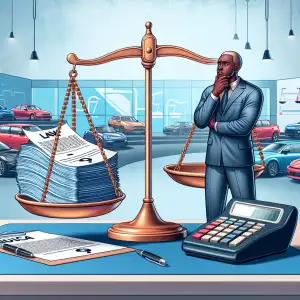Navdy Harman: The Future of Connected Driving
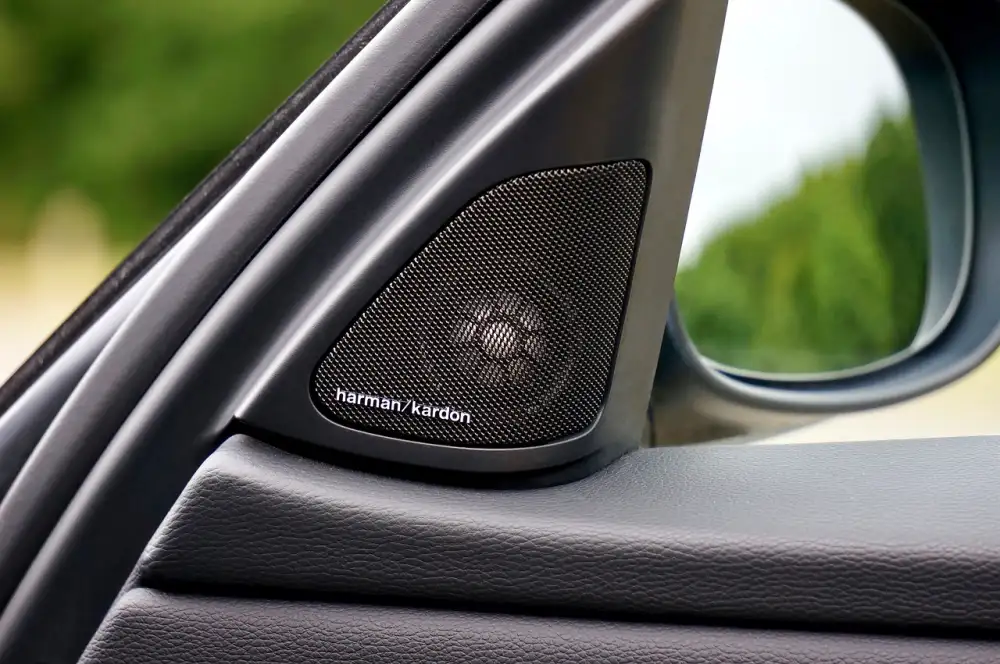
Heads-Up Display (HUD)
Navdy was a company that created a heads-up display (HUD) device for vehicles. The device, also called Navdy, projected information onto a transparent screen positioned on the dashboard, in the driver's line of sight. This allowed drivers to access information like navigation, calls, texts, and music without needing to take their eyes off the road.
The Navdy HUD was controlled using a combination of voice commands, a dial mounted on the steering wheel, and hand gestures. The device connected to both iOS and Android smartphones via Bluetooth, enabling it to display notifications and information from the phone.
Despite its innovative approach to in-car technology and positive reviews, Navdy faced financial difficulties and ceased operations in 2017. Harman International, a subsidiary of Samsung Electronics, acquired Navdy's assets that same year.
While Harman initially intended to integrate Navdy's technology into its own product offerings, it has yet to release a HUD product based on the acquired technology. The future of Navdy's innovative HUD technology within the Harman portfolio remains uncertain.
Projection System
Navdy's magic begins with its projection system. Imagine this: a transparent image floating in mid-air, seemingly a few feet in front of you, all while you keep your eyes on the road. That's precisely what Navdy delivers. The device houses a powerful DLP projector that beams a sharp, full-color image onto a transparent, head-up display (HUD) screen. This screen, positioned on the dashboard, acts like a window, allowing the projected image to seemingly hover above your car's hood.
This projection system is engineered for optimal visibility in all conditions. Whether it's broad daylight or the dead of night, the image remains crystal clear. The display automatically adjusts its brightness based on ambient light, ensuring a comfortable viewing experience without any glare. This means no more squinting at your phone or taking your eyes off the road for extended periods. Navdy keeps your vital information within your line of sight, making driving safer and less stressful.
| Feature | Navdy Display |
|---|---|
| Type | Head-up display (HUD) |
| Compatibility | iOS and Android smartphones |
| Navigation | Turn-by-turn directions, real-time traffic updates |
| Communication | Call handling, text message display and response |
| Music Control | Yes, compatible with popular music streaming services |
Gesture and Voice Recognition
Navdy was a company that created a heads-up display (HUD) device for cars. The device, also called Navdy, projected information onto a small, transparent screen that appeared to float above the dashboard. This allowed drivers to see navigation, calls, texts, and other information without taking their eyes off the road.
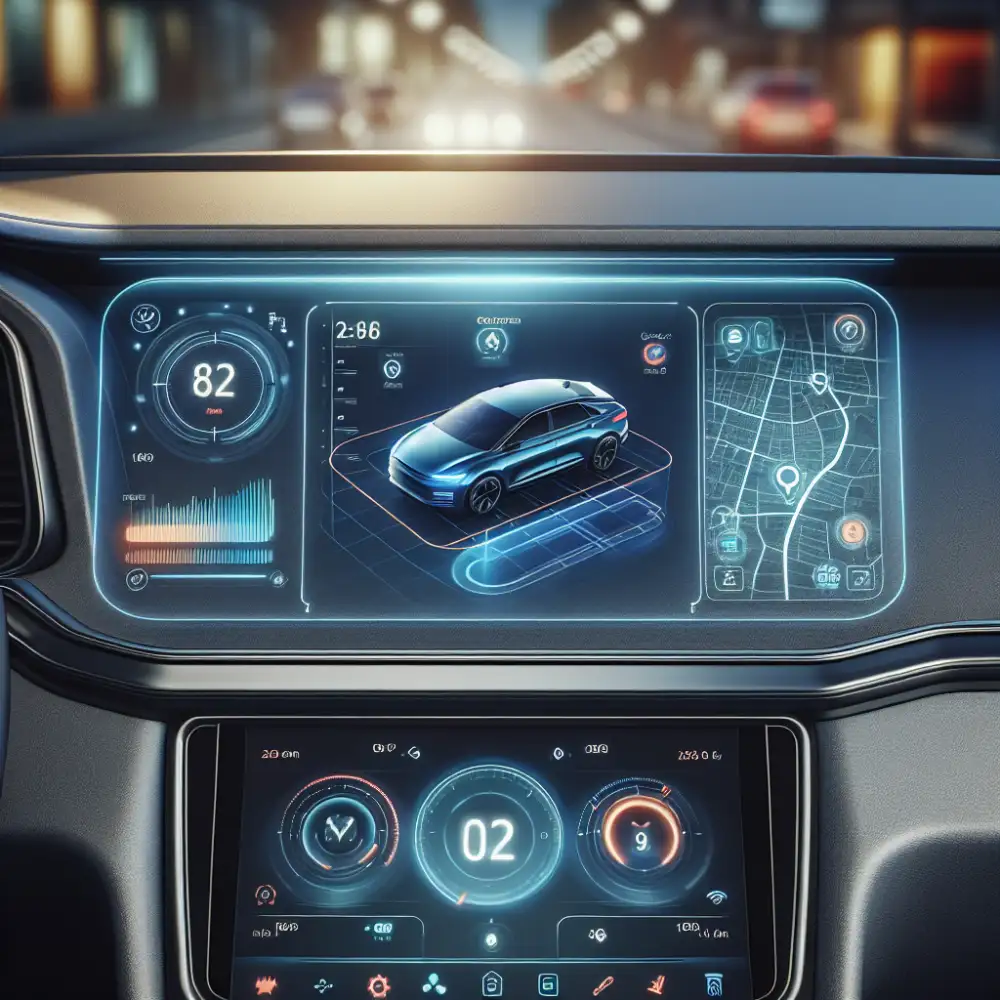
One of the key features of the Navdy HUD was its gesture and voice recognition capabilities. These features were designed to make the device as hands-free as possible, further enhancing safety and convenience while driving.
Gesture Recognition
The Navdy HUD included an infrared camera on the device that was pointed at the driver. This camera tracked hand movements, allowing drivers to control the device with simple gestures. For example, drivers could swipe their hand left or right to dismiss notifications, answer or ignore calls, or switch between apps. A rotating dial on the steering wheel also provided additional control options.
Voice Recognition
In addition to gesture recognition, the Navdy HUD also featured voice control functionality. Drivers could use voice commands to perform a variety of tasks, such as:
Getting directions
Making phone calls
Sending text messages
Controlling music playback
The voice recognition system was designed to work even in noisy environments, ensuring that drivers could easily control the device without having to shout or repeat themselves.
The combination of gesture and voice recognition in the Navdy HUD aimed to create a truly intuitive and interactive driving experience. While the company is no longer operational, the Navdy HUD remains an excellent example of how technology can be used to improve driver safety and convenience. It served as a stepping stone for future innovations in the automotive industry, paving the way for more advanced and integrated HUD systems in vehicles today.
Smartphone Integration
Navdy Harman seamlessly integrates with your smartphone, acting as a natural extension of your device. Using Bluetooth and Wi-Fi, Navdy Harman connects to both Android and iOS devices, allowing you to access and control key features directly through the heads-up display.
This seamless integration ensures you stay connected and in control without taking your eyes off the road. Incoming calls, messages, and notifications are clearly displayed on the transparent screen, allowing you to decide whether to address them immediately or stay focused on driving.
With a simple gesture control or voice command, you can answer calls, listen to messages, and even respond using pre-set replies or voice dictation, all while keeping your hands on the wheel and your attention on the road.
Navdy Harman's smartphone integration extends beyond communication. The device seamlessly integrates with popular navigation apps like Google Maps and Waze, projecting turn-by-turn directions onto the display within your line of sight. This allows for a safer and more intuitive navigation experience, eliminating the need to glance down at your phone for directions.
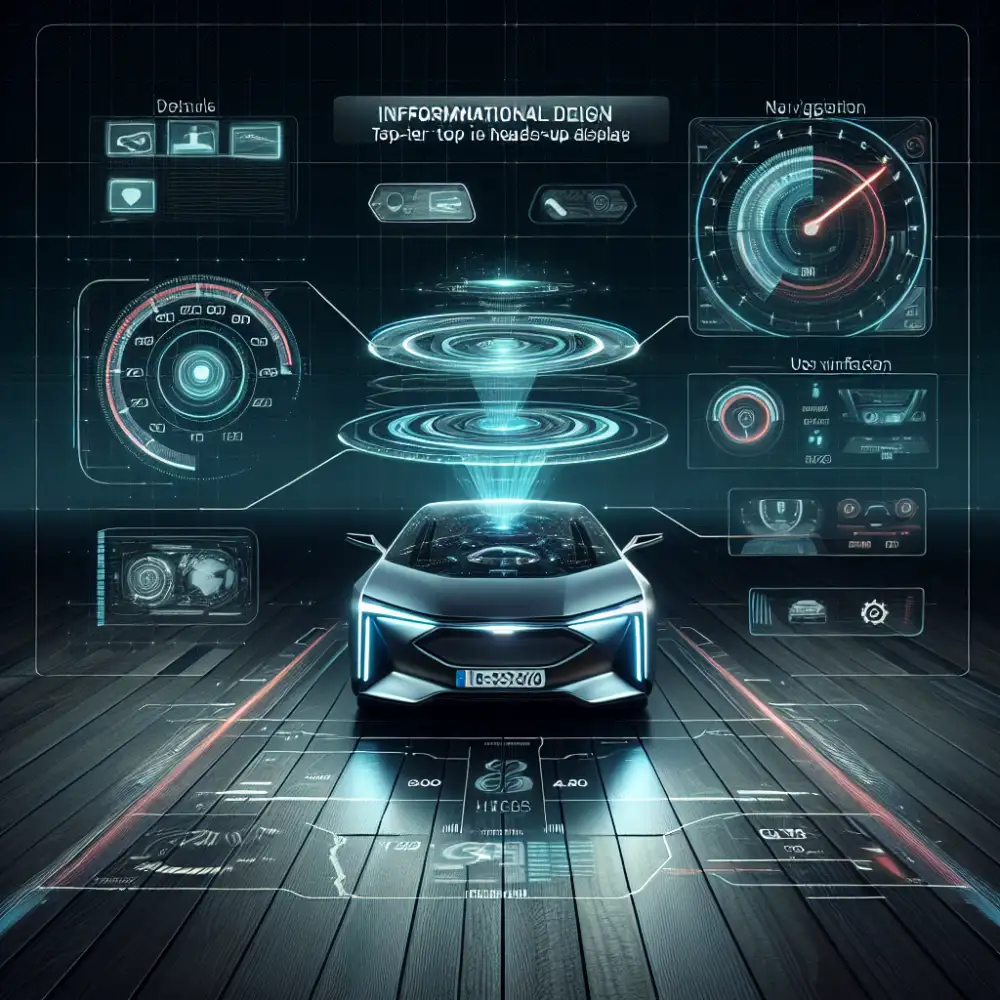
Music streaming is also enhanced with Navdy Harman. Control music playback from apps like Spotify and Apple Music directly from the display. You can skip tracks, adjust the volume, and browse playlists with ease, all while keeping your eyes on the road. This integration ensures your favorite driving tunes are always within reach without compromising safety.
Navigation and Mapping
Navdy Harman was a pioneering device in the realm of automotive heads-up displays (HUDs). It projected crucial driving information directly into the driver's line of sight, aiming to minimize distractions and enhance safety. Navigation was a cornerstone of the Navdy Harman experience. The device offered turn-by-turn directions displayed on the transparent screen, ensuring drivers could keep their eyes on the road. This feature was particularly valuable in unfamiliar territories, where glancing at a phone or even the car's built-in navigation could prove hazardous.
Complementing the navigation, Navdy Harman boasted robust mapping capabilities. It provided drivers with a clear view of the road ahead, including upcoming turns, points of interest, and even real-time traffic conditions. This real-time information, sourced from mapping providers, empowered drivers to make informed decisions, such as choosing alternate routes to avoid congestion. The device's ability to seamlessly integrate with smartphones meant that destinations could be easily sent from a phone's mapping app directly to the Navdy Harman display.
While Navdy Harman itself is no longer available, its impact on the automotive technology landscape is undeniable. It served as a precursor to the more integrated HUD systems we see emerging in newer vehicles today. These systems often incorporate navigation and mapping features directly into the car's windshield, further advancing the goal of a safer and more informed driving experience.
Real-Time Information
Navdy's claim to fame was its ability to deliver real-time information directly within the driver's line of sight. This was achieved through a combination of hardware and software that projected essential data onto a transparent, head-up display (HUD). This meant drivers no longer needed to take their eyes off the road to check directions, speed, incoming calls, or notifications.
Imagine this: you're navigating through rush hour traffic. Instead of glancing down at your phone or the car's infotainment system, you see a subtle display projected onto the windshield. It shows you the next turn, your current speed, the speed limit, and even alerts you to a call coming in from your boss. You can answer the call with a tap on the Navdy dial, all without ever taking your eyes off the road.
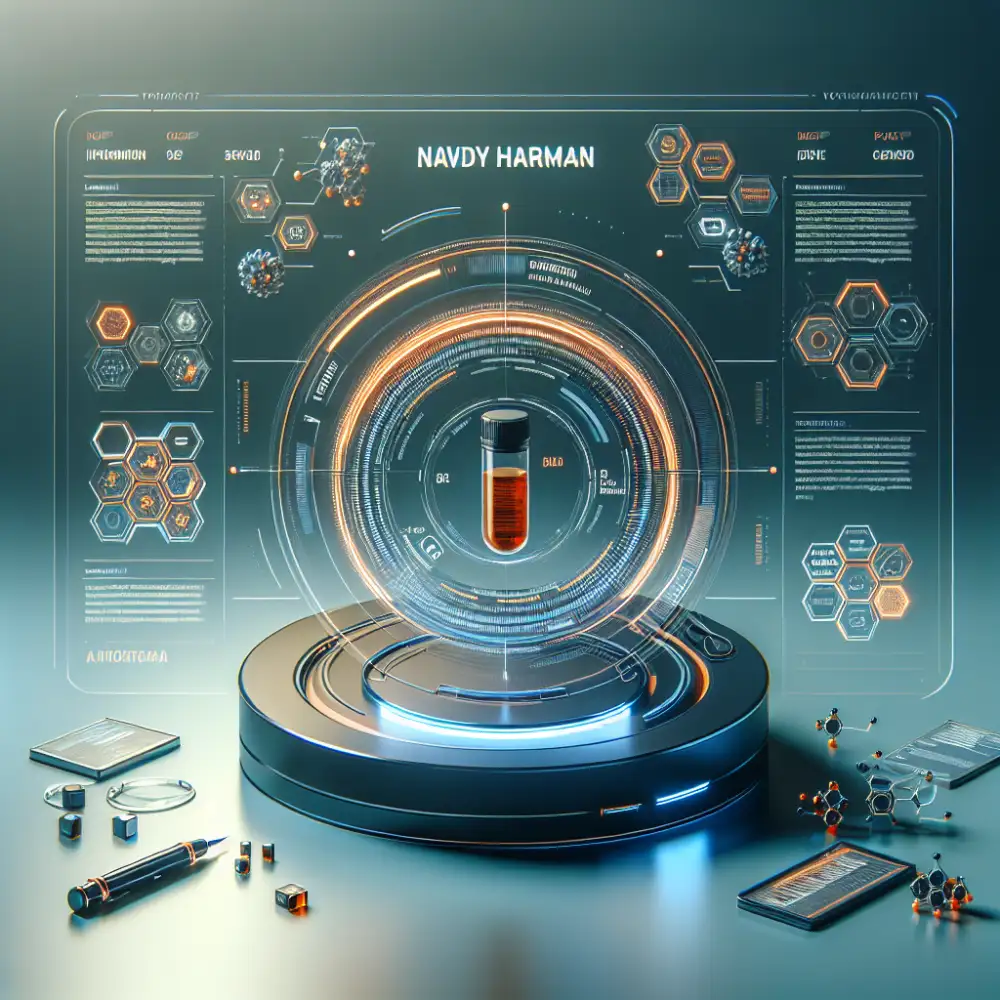
This real-time information flow wasn't limited to just navigation and calls. Navdy integrated with smartphones, pulling in notifications from various apps. Whether it was a text message, a social media update, or a song change, the information was displayed clearly and concisely on the HUD.
The key here was context and filtering. Navdy's software was designed to prioritize important information, ensuring that drivers weren't bombarded with unnecessary distractions. For instance, it wouldn't display every single social media notification. Instead, it would show you a message if someone tagged you in a post or if you received a direct message.
This focus on real-time, relevant information, delivered in a non-intrusive way, was what made Navdy's approach to driver assistance stand out. It aimed to keep drivers connected and informed without compromising safety, a goal that resonated with many drivers looking for a smarter and safer way to navigate the roads.
Safety Features
Navdy's commitment to safety is evident throughout the device's design and functionality. By projecting crucial information directly into the driver's line of sight, Navdy minimizes distractions and keeps your focus where it belongs - on the road.
The transparent, head-up display ensures that your view of the road remains unobstructed, unlike traditional GPS units or smartphone mounts that can block your vision. This clear view, combined with the intuitive interface and gesture recognition, allows you to interact with Navdy without taking your eyes off the road.
Voice control further enhances safety, letting you manage calls, navigation, and music playback with simple voice commands. This hands-free operation minimizes distractions and keeps your hands on the wheel.
Furthermore, Navdy's ability to display notifications from your smartphone helps you stay informed without diverting your attention. By filtering out non-essential notifications, Navdy ensures that you only see what's important, reducing the temptation to constantly check your phone.
While Navdy significantly enhances driving safety, it's crucial to remember that it's a tool that requires responsible use. Always prioritize safe driving practices and be aware of your surroundings.
Published: 20. 06. 2024
Category: Food

